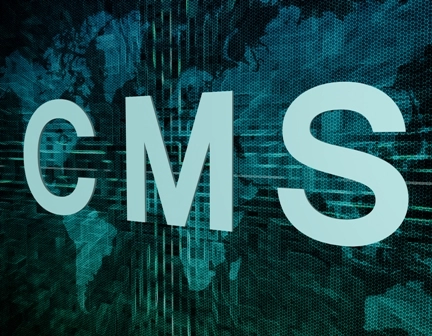CMS: Improper E/M Coding Remains a Growing Problem

Part B error rate is worse this year than last.
No matter where you look, you’re likely to find a news story about a practice that billed Medicare incorrectly, but that fact doesn’t seem to discourage practices from coding incorrectly. In fact, error rates seem to be climbing instead of dropping.
The 2014 Medicare Fee-for-Service improper payment rate ratcheted up to 12.7 percent last year, far worse than the error rates logged in 2012 and 2013, according to the latest CERT report, which CMS released last month.
Medicare Will Want Refunds
Most of the errors were discovered as overpayments--meaning that CMS identified $47.6 billion that went out to Medicare providers in error, and chances are high that MACs will be asking for much of that money back, if they haven’t already. In addition, CMS noted that it still owes $1.5 billion to providers who were underpaid in 2014.
To create the CERT report, CMS reviewed 50,544 claims, including Part B, Part A and DME, according to the “Medicare Fee-for-Service 2014 Improper Payment Report.” Auditors then pored over the claims to determine which had no documentation, insufficient documentation, incorrect coding, or reflected a medically unnecessary service.
Documentation: For the second year in a row, Part B practices had a significantly higher error rate than Part A providers when it came to insufficient documentation, with Part B facing a 2.1 percent error rate as compared to 0.2 percent in Part A.
Incorrect coding: Part B providers rated the highest among incorrect coding errors, with a 0.8 percent error rate, which topped the Part A and DME rates. Not all of these errors reflected overpayments to practices--in some cases, doctors actually shorted themselves by coding incorrectly.
Avoid These E/M Errors
Interested in avoiding the most common culprits that led to such a high Part B error rate? Then you should nail down your E/M claims going forward.
CMS found that providers improperly billed $4.5 billion in E/M claims, resulting in a 14.6 percent improper E/M payment rate. If you want to avoid that type of error—which will most certainly result in auditors requesting refunds—double-check your E/M level. “Incorrect coding and insufficient documentation caused most of the improper payments for E/M services during the 2014 report period,” the CERT report states.
Often, the errors were due to practices submitting documentation that supported a different E/M level than what they originally billed. Other issues included insufficient documentation, no physician authentication or wrong place of service.
For example, the CERT reviewers audited one Part B claim for code 99214 that described a routine follow-up for a stable patient requiring no changes in treatment or medications. The auditors were unable to find justification for 99214, and downcoded the claim, marking it as an incorrect coding error.
Non-physician practitioners: The CMS auditors also found a large number of errors among E/M claims performed by non-physician practitioners. “The CERT program identified many improper payments for E/M services billed using physician’s NPIs but provided solely by non-physician practitioners,” the report states. “NPPs must bill under their own NPIs if they provide an E/M service (in person) for a physician’s patient in hospital and the physician does not also perform (and document) a substantive part of an E/M visit face-to-face with the same beneficiary on the same date of service.”
California, Texas Top Error List
Geographically, California was the state with the highest percentage of errors, logging a 16 percent error rate. Next was Texas (15.7 percent error rate), followed by Michigan (14.9 percent), Illinois (14.4 percent) and New Jersey (14.3 percent).
To read the complete CERT results, visit www.cms.gov/Research-Statistics-Data-and-Systems/Monitoring-Programs/Medicare-FFS-Compliance-Programs/CERT/Downloads/MedicareFeeforService2014ImproperPaymentsReport.pdf.




